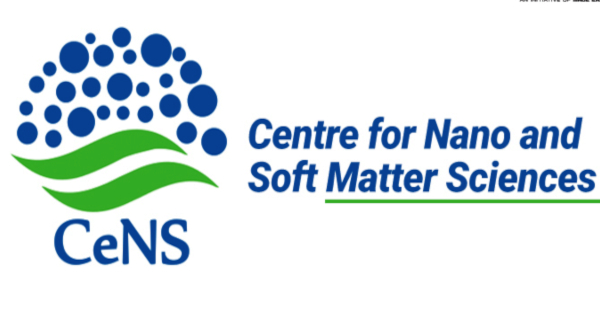A team of scientists has fabricated a simple, cost-effective, bio-compatible, nanogenerator that can generate electricity from mere vibrations for use in optoelectronics, self-powered devices, and other biomedical applications.
Search for renewable energy resources with reduced carbon emissions is one of the most urgent challenges due to the increasing threat of global warming and the energy crisis. Among other things, mere vibrations are being harnessed to produce electricity. Triboelectric nanogenerators (TENG) are new energy devices that generate electricity from vibrations.
They work on the principle of the creation of electrostatic charges via instantaneous physical contact of two dissimilar materials followed by generation of potential difference when a mismatch is introduced between the two contacted surfaces through a mechanical force. This mechanism drives the electrons to move back and forth between the conducting films coated on the back of the tribo-layers.
A team of scientists has fabricated a simple, cost-effective, bio-compatible, nanogenerator that can generate electricity from mere vibrations for use in optoelectronics, self-powered devices, and other biomedical applications.
The methods that are presently employed to design the nanogenerators use expensive fabrication methods like photolithography or reactive ion etching, and additional processes like electrode preparation.
In the new study, researchers have designed one using thermoplastic polyurethanes (TPU) and Polyethylene terephthalate (PET) as tribo layers. The easy availability of the active material and the simplicity of the fabrication process make it cost-effective over currently available fabrication techniques. The resulting device has also been found to be highly efficient, robust, and gives reproducible output over long hours of operation.
The study showed that the device could light up eleven LEDs by gentle hand tapping and could be a potential candidate for use in optoelectronics, self-powered devices, and other biomedical applications.
The study was conducted by researchers from the Centre for Nano and Soft Matter Sciences, a Bengaluru-based autonomous institute of Government of India’s Department of Science and Technology; Indian Institute of Science, Bengaluru, and Southern University of Science and Technology, Shenzhen China. The team consisted of Dr. Shankar Rao, S.R.Srither, N.R.Dhineshbabu, S.Krishna Prasad, Oscar Dahlsten and Suryasarathi Bose. They have published a report on their work in ‘Journal of Nanoscience and Nanotechnology’.
You may also like
-
New Heat-Based Approach To Cancer Treatment Can Reduce Chemotherapy Doses
-
Scientists Take A Major Step Towards Unification Of Classical & Quantum Gravity
-
India Graphene Engineering and Innovation Centre (IGEIC) Under the Vision of Viksit Bharat@2047 Launched
-
New High-Performance Gas Sensor can Monitor Low Level Nitrogen Oxides Pollution
-
Antidepressant Drug can be Repurposed for Treating Breast Cancer
